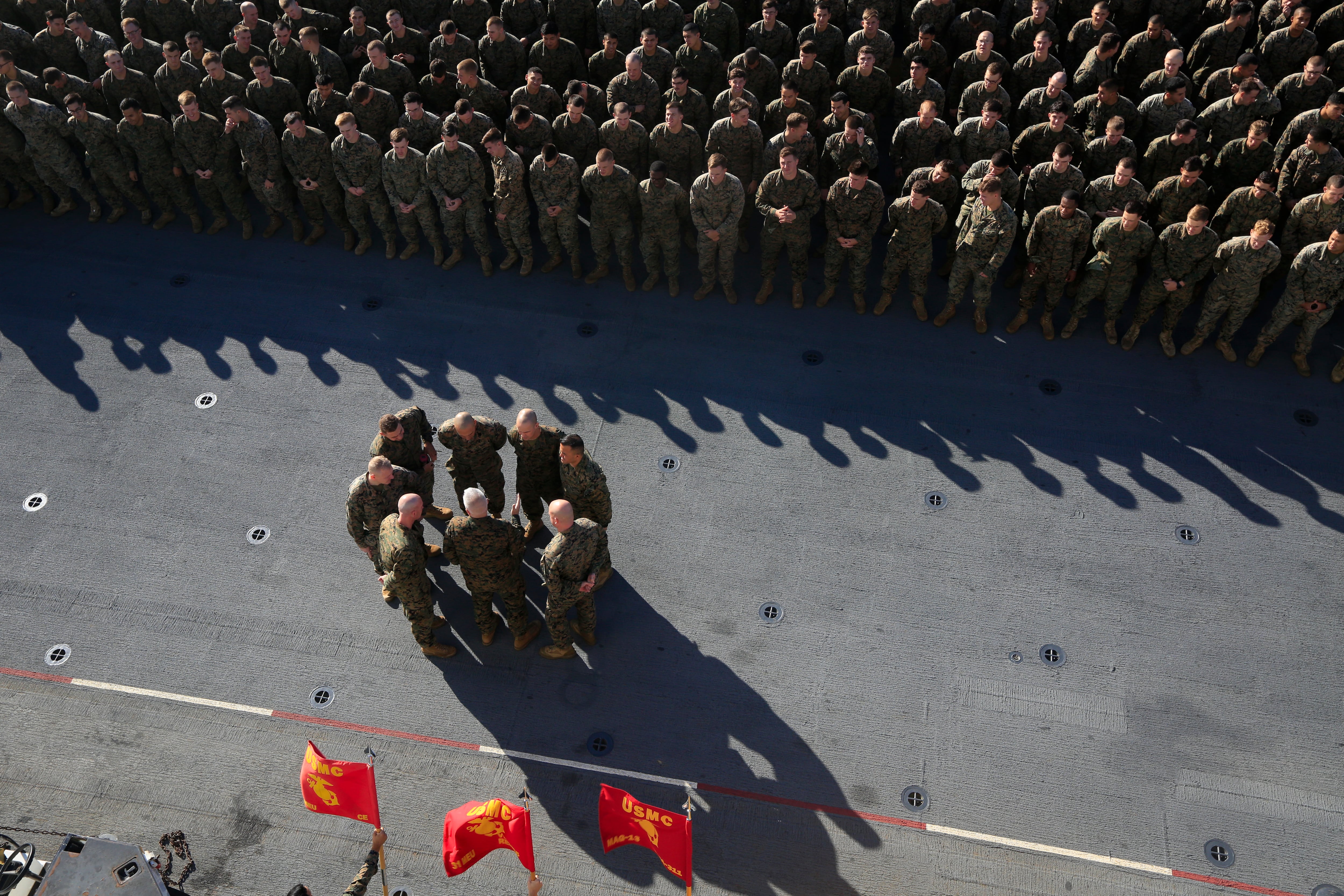Military leaders will need to make some difficult choices on pay and benefits in coming years if they want to maintain funding needed to keep up force readiness and end strength, a panel of defense experts said on Tuesday.
“We need to focus [military] benefits on those currently serving, but the problem is most of the benefits now have shifted to those no longer serving,” said Arnold Punaro, former staff director for the Senate Armed Services Committee.
“There are 2.4 million retirees [receiving benefits] compared to 1.3 million active -duty troops getting them … The deferred piece of military spending has to be dealt with.”
Purnaro’s comments came at a roundtable event on military challenges organized by the Center for Strategic and International Studies. Other panelists echoed his concerns about personnel costs continuing to rise within the Defense Department even as the services’ end strengths have declined.
RELATED

Earlier this fall, CSIS released a report noting that the number of active-duty troops fell by more than 64 percent from 1952 to 2016, but total DOD personnel spending rose by 110 percent over the same period.
The average cost per active duty service member for the department in fiscal 2021 was $136,000. That takes into account things like basic pay, specialty bonuses, housing stipends, and medical benefits.
But panelists said they think troops — and the American public — have little concept how those rising personnel costs hurt other readiness and equipment needs for the military
“Would you really want to see your [battlefield] risk increase and your effectiveness decrease in order to protect every single personnel benefit?” asked Sam Nunn, former Democratic senator from Georgia and a former chairman of the Senate Armed Services Committee.
“But when you talk about making changes to benefits, even with a grandfather provision, the only people who know about it are basically the [troops], and lawmakers get no support politically for doing it.”
Mac Thornberry, a former Republican representative from Texas and chairman of the House Armed Services Committee, said his committee broached the topic of making military benefits more sustainable in recent years, but more needs to be done.
He said radical changes to military personnel rules — things like allowing temporary enlistment for high-demand specialists — could help ease some of those problems. But the complexity of those kinds of changes have deferred serious debate on them as other political problems dominate Capitol Hill.
RELATED

Punaro said also defense officials and political leaders need to reexamine legacy benefits such as the military’s commissary systems and the Department of Defense Education Activity to decide whether their expensive price tags still provide more value to the force than reinvestment of those dollars into equipment upgrades and weapons research.
He said while the United States military still boasts the strongest fighting force in the world, the creeping weight of the personnel costs could undermine that in coming years.
“If we don’t fundamentally improve the capability of our military soon, particularly technologically … we’re going to be in a really, really bad situation,” Punaro said. “We’ve got to get started on it right away.”
Leo covers Congress, Veterans Affairs and the White House for Military Times. He has covered Washington, D.C. since 2004, focusing on military personnel and veterans policies. His work has earned numerous honors, including a 2009 Polk award, a 2010 National Headliner Award, the IAVA Leadership in Journalism award and the VFW News Media award.




